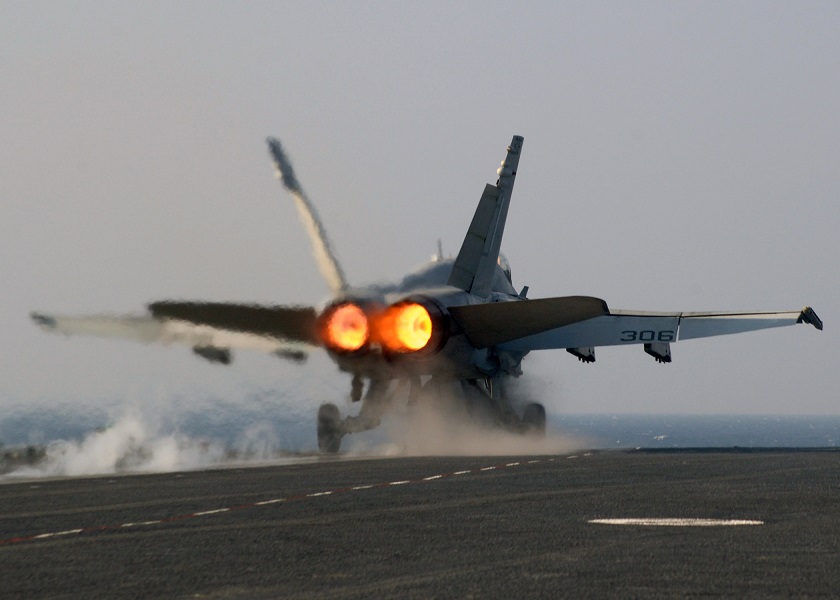
This post is also available in:
 עברית (Hebrew)
עברית (Hebrew)
Many military and commercial systems require sensing in high-temperature environments, like the hot zones of internal-combustion and turbine engines, as well as in other related applications. Examples include the aerospace, automotive, oil and gas, power plants, and other industries.
For military applications, however, today’s commercial-grade sensors are limited in their ability to make direct measurements and extrapolating or providing cooling. All of these capabilities become more challenging as temperatures rise to 300 C, 500 C, and above 800 C.
Military systems require significant share of digital processing at locations where the temperature exceeds 200 C — either due to external heat sources or due to self-heating of the microelectronics compounded by the lack of a local heat sink, DARPA (the Defense Advanced Research Projects Agency) researchers point out.
As a result, embedded computing tends to be localized and actively cooled, resulting in additional size, weight, and power consumption for cooling, and severely limiting system layout options.
Operational temperature range, sensitivity, response, and thermal noise all can bound the usefulness of any sensor application. Commercial sensors with the necessary capabilities, moreover, can be expensive, heavy, and power-hungry.
This is the reason why the US Army is looking for innovation in this field for use in jet engines, automobile engines, turbine engines, and other areas where operating temperatures are hotter than 200 degrees Celsius.
The researchers are interested in small and lightweight temperature sensors and digital processors with on-board power management, that can perform in-situ sensing, signal amplification, and conditioning.
Researchers also are interested in the kinds of data they could gather, and the kinds of analytics they could offer, if high-temperature sensors were more broadly available. For example, mapping a car or truck engine’s dynamic temperature, pressure, and gas flow in real time with on-board high-temperature sensors in order to improve engine power, efficiency, and responsiveness, according to militaryaerospace.com.

























